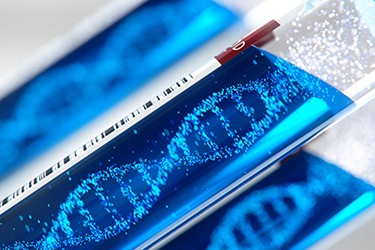When The hMSC Meets The AAV (ian) – RoosterGEM's Tale Continues
By Mary Doolin & Jonathan Carson

RoosterBio's complete genetic engineering medium, RoosterGEM™, demonstrates greatly enhanced efficiency for lentiviral transduction and mRNA transfection into adherent cells like hMSCs—and other cell types too.
This RoosterGEM reagent can assist in at least two ways. First, the lab or manufacturing center can conserve its resources, burning through a pricey stock of GMP virus titer or nucleic acid much more slowly. Second—with fewer MOIs, that means a potentially lower load of excipient viral material that hitches a ride into the final, vialed cell product—either “on” the cells or “in” them. A gentler sprinkling of capsids might thus plausibly translate to lower immunoreactivity for a less “spicy” (i.e., inflammatory) therapy, and possibly, longer duration benefit or safety. If you wish to use RoosterGEM as an ancillary material for clinical trials, no problem; its release in a GMP product format is imminent for early 2023—and there are no licensing “strings” attached.
Does it make sense to try RoosterGEM on additional gene transfer modalities beyond lentivirus or chemical transfection? We certainly think so. Learn more about plausible benefits of AAV’s use in concert with hMSCs, and how RoosterBio has quickly expanded the range of its RoosterGEM reagent beyond lentivirus (the dominant gene delivery system to generate CAR-T therapies).
Get unlimited access to:
Enter your credentials below to log in. Not yet a member of Bioprocess Online? Subscribe today.
